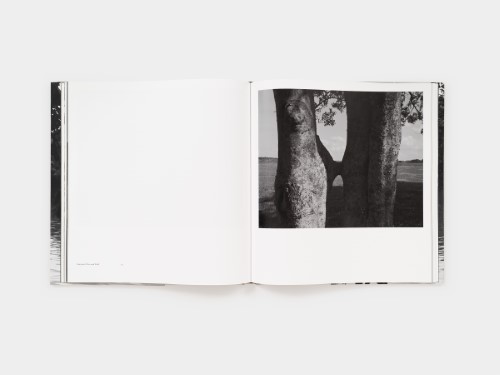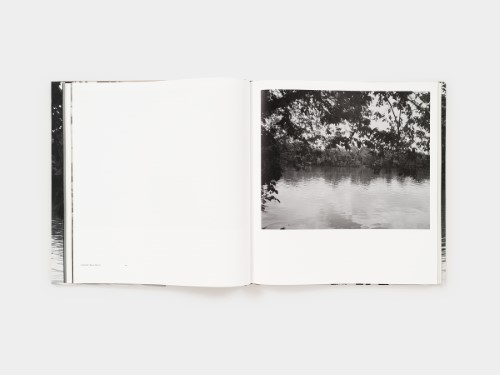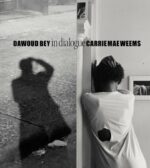Connu pour ses scènes de rue à Harlem et ses portraits expressifs, Dawoud Bey poursuit sa série sur l’histoire afro-américaine. Elegy réunit les trois séries de paysages de Bey à ce jour : Night Coming Tenderly, Black (2017); In This Here Place (2021); et Stoney the Road (2023), qui mettent en lumière la mémoire historique profonde encore ancrée dans la géographie des États-Unis. Bey emmène les spectateurs à l’historique Richmond Slave Trail en Virginie, où les Africains ont été conduits sur des blocs de vente aux enchères; aux plantations de Louisiane, où ils ont travaillé; et le long des dernières étapes du chemin de fer clandestin en Ohio, où les fugitifs ont cherché l’auto-émancipation. Des essais de la commissaire de l’exposition, Valerie Cassel Oliver, et des chercheurs LeRonn P. Brooks, Imani Perry et Christina Sharpe éclairent l’œuvre. En entrelaçant ces corps de travail en une élégie en trois mouvements, Bey n’évoque pas seulement l’histoire, il la raconte à travers des images historiquement ancrées qui défient les spectateurs d’aller au-delà de voir et d’imaginer des expériences vécues ; co-publié avec le Virginia Museum of Fine Arts de Richmond, sous la direction de Valerie Cassel Oliver, avec des textes additionnels de LeRonn P. Brooks, Imani Perry, et Christina Sharpe, photos en n.b.
Renowned for his Harlem street scenes and expressive portraits, Dawoud Bey continues his ongoing series on African American history. Elegy brings together Bey’s three landscape series to date—Night Coming Tenderly, Black (2017); In This Here Place (2021); and Stoney the Road (2023)—elucidating the deep historical memory still embedded in the geography of the United States. Bey takes viewers to the historic Richmond Slave Trail in Virginia, where Africans were marched onto auction blocks; to the plantations of Louisiana, where they labored; and along the last stages of the Underground Railroad in Ohio, where fugitives sought self-emancipation. Essays by the exhibition’s curator, Valerie Cassel Oliver, and scholars LeRonn P. Brooks, Imani Perry, and Christina Sharpe illuminate the work. By interweaving these bodies of work into an elegy in three movements, Bey doesn’t merely evoke history, he retells it through historically grounded images that challenge viewers to go beyond seeing and imagine lived experiences ; co-published with the Virginia Museum of Fine Arts at Richmond, edited by Valerie Cassel Oliver with additional texts by LeRonn P. Brooks, Imani Perry, and Christina Sharpe.













